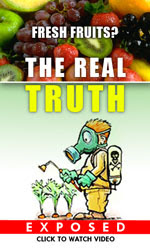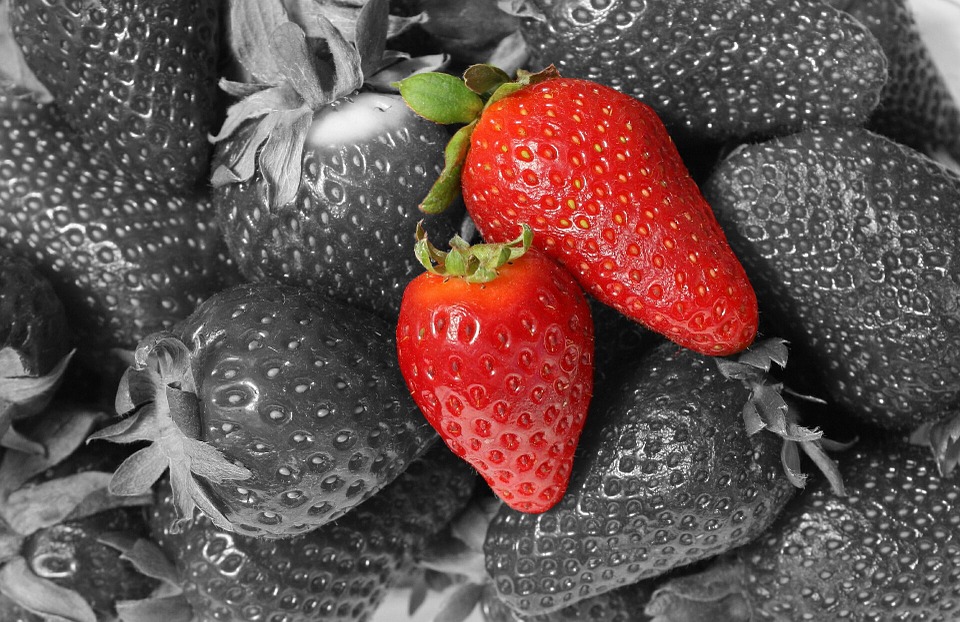Dirty Dozen List of Fruits and Veggies With Most Pesticides 2017
By Heather Callaghan, Editor
Avoid The Top 12 List Of Fruits And Veggies Ridden With Pesticides
Not all of us can afford organic produce, that’s why the annual “Dirty Dozen” and “Clean Fifteen” list is so helpful when we navigate grocery stores and farmers markets.
For the last 13 years, the Environmental Working Group (EWG), a health watchdog group, has published the top dirty dozen – that is, produce with the most pesticide residues. They also publish 15 clean counterparts, those fruits and veggies with the lowest or undetectable residues.
Interestingly, the USDA and FDA tests 35,200 produce samples to get these results that are then compiled in an easy-to-understand manner by EWG. Since these tests are done on washed, store produce, you can be better sure that the pesticide readings match what you find in the store since they are not taken directly from the field.
Widget not in any sidebars
Here is this year’s “dirty dozen” list via Tree Hugger. Also, try to buy organic versions of the following produce.
Dirty Dozen List 2017
1. Strawberries
2. Spinach
3. Nectarines
4. Apples
5. Peaches
6. Pears
7. Cherries
8. Grapes
9. Celery
10. Tomatoes
11. Sweet bell peppers
12. Potatoes
And now for the produce that is mostly safe to buy non-organic.
Clean Fifteen List 2017
- Sweet Corn*
- Avocados
- Pineapples
- Cabbage
- Onions
- Sweet peas (frozen)
- Papayas**
- Asparagus
- Mangos
- Eggplant
- Honeydew melon
- Kiwi
- Cantaloupe
- Cauliflower
- Grapefruit
*Should try buy organic to avoid GMO contamination
**Don’t buy from Hawaii to avoid GMOs
Of the 48 types of produce tested, 70% of samples showed residues of one or more pesticides. The USDA found 178 different pesticides and pesticide breakdown products on the thousands of samples.
Strawberries were the top offender with contamination from 20 different pesticides! See, that type of information may be a downer, but it’s certainly necessary in order to make a healthy decision. Unfortunately, spinach didn’t fare much better – 75% “had residues of a neurotoxic pesticide banned in Europe for use on food crops – it’s part of a class of pesticides that recent studies link to behavioral disorders in young children.” (source)
of information may be a downer, but it’s certainly necessary in order to make a healthy decision. Unfortunately, spinach didn’t fare much better – 75% “had residues of a neurotoxic pesticide banned in Europe for use on food crops – it’s part of a class of pesticides that recent studies link to behavioral disorders in young children.” (source)
Sonya Lunder, EWG Senior Analyst, said last year:
You can feel confident that conventionally grown fruits and veggies on the Clean Fifteen list have very little pesticide contamination.
And we think that’s great news, don’t you? Will this list change the way you shop at the markets? Sound off below and don’t forget to share!
Don’t forget to check out the surprising lists of:
- Find Your Local Fresh Food Source
- Top Nutrient Produce
- List Of How To Store These Fruits And Veggies For Best Freshness
Please use the code below if you’d like to republish this article and keep links intact.
Heather Callaghan is an independent researcher, writer, speaker and food freedom activist. She is the Editor and co-founder of NaturalBlaze as well as a certified Self-Referencing IITM Practitioner.
Get a nifty FREE eBook – Like at Facebook, Twitter and Instagram




